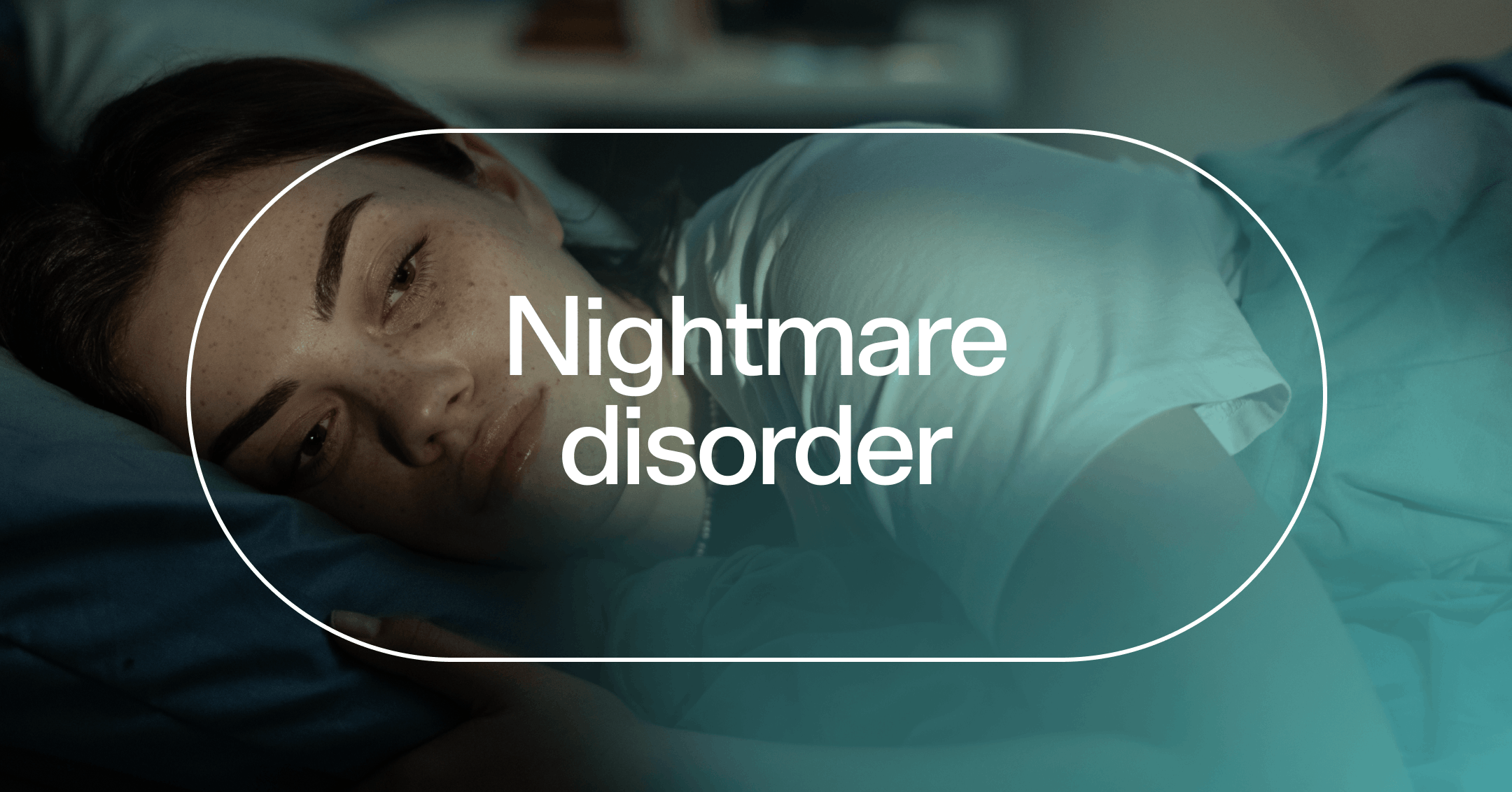Moving our bodies can help improve our physical and mental health.
You can incorporate movement into your everyday life in many ways, even if you can’t fit in a full workout.
Different forms of therapy incorporate movement, which can make it easier to process difficult memories and emotions.
You probably know that moving your body makes you feel better physically and mentally. But do we know why this connection exists?
Mental and physical health are often one and the same. When you exercise, your body releases endorphins. These “feel-good” hormones relieve pain, reduce stress, and improve our mood. Research also shows that physical activity reduces our risk of developing depression and anxiety conditions.
Of course, the scientifically proven benefits alone might inspire you to exercise more. But it’s often also helpful to get tips on ways to fit exercise into your busy schedule and how a healthcare professional can support you along the way.
How movement benefits your mental health
You probably know what it’s like to try to slog through a day without adequate sleep. Your thinking is muddled, your decision-making can be faulty, and you might have less patience than usual. One of exercise’s many mental health benefits is that it can help us sleep better.
While experts don’t know exactly why, the key might be found in slow-wave sleep, also known as deep sleep. Moderate aerobic exercise can increase this kind of sleep. Aerobic exercise, like hiking, dancing, or cycling, refreshes both the brain and body.
Other ways physical exercise can benefit your mental health include:
Improving cognitive function like memory and attention
Increasing the size of the hippocampus, which can improve learning abilities
Reducing risk of dementia by around 20% with regular exercise
Preventing panic attacks with regular light or moderate-intensity exercise
One study of 1.2 million Americans found that people who exercised experienced 43% fewer poor mental health days than those who didn’t. But how much exercise do you need to see these kinds of benefits?
Your mental health will benefit the most if you invest in 45 minutes of movement, three to five times per week, according to the same study. But if this intimidates you, know that any amount of exercise can offer mental health benefits.
The care you need, when you need it
Learn how Rula can support your mental health journey
Finding movement that works for you
It can be difficult to fit exercise into your often busy life, especially with a job that might keep you sitting at a desk for several hours. The trick is finding physical exercise you enjoy. If you like it, you’ll probably try to find time to make it a consistent habit.
Another helpful approach is to “sneak in” movement during our work days. Anything can help — it doesn’t have to look like traditional exercise to count.
Here are a few ideas to incorporate movement, especially with a desk job:
Talk to your colleagues in person. If you work in an office, don’t always email your coworkers. Instead, walk to their office or cubicle and have an in-person chat sometimes.
Take the stairs instead of the elevator. This can be a great way to fit in exercise that won’t take a huge chunk of your day. You can also take one flight of stairs and then take the elevator for the next if it’s too tiring to walk the entire way.
Park farther away. When you get to work, challenge yourself by parking farther away than usual so you have to walk more. In time, this will become a habit.
Walk on your lunch break. It can be nice to get out of the office (whether you’re at home or in an office) during lunch. It’s even better if you can grab a work friend to join you on your walk.
Take periodic breaks from screens. Staring at screens all day can keep you in your seat. Avoid scrolling for longer than you intend to by setting a timer every hour to get up and walk around for a few minutes.
Ask if your company holds free exercise classes. Some companies incentivize their employees’ well-being by offering free workout classes. This can also help you make friends within your organization.
As you bring more movement into your day-to-day life, take note of any benefits you notice. We’re more likely to keep a habit if we notice positive impacts. For example, you might realize that your physical stamina increases, you’re sleeping better, or you have more energy.
The role of movement in therapy
You might not associate therapy with movement. But movement can be a powerful vehicle for emotional processing.
These types of therapy incorporate movement as a way to support mental health and healing:
Yoga therapy: Yoga therapy uses yoga poses and practices to teach skills like mindfulness and stress coping. People with depression and anxiety can benefit from this therapy. It can also help with trauma.
Play therapy: During play therapy, therapists encourage children to play and observe their behavior. Playing — which children naturally gravitate toward — can give kids a safe way to express their feelings.
Somatic therapy: Focusing on the body and its sensations, somatic therapy helps people release traumatic or uncomfortable memories. It may include activities to increase body awareness or guided relaxations to process traumatic memories.
Certain mental health conditions, like depression, can drain your energy and motivation to move. Working with a therapist can help you uncover psychological barriers to movement and discover exercise that you enjoy.
Mental health and movement can directly impact each other. When we’re feeling down, we often don’t want to move our bodies, which keeps our mood low. One tip is to set small attainable goals, such as stretching every day, and slowly incorporate more once you start feeling better.

Ashley Ayala, LMFT
Clinical reviewer
Find care with Rula
Regular movement is essential for good mental health. But it can be hard to move regularly, especially with busy lives, desk jobs, or mental health conditions that zap our motivation. But movement has powerful benefits for our bodies and minds.
This is where Rula comes in. With our therapist-matching tool, you can get connected with a world-class therapist who accepts your insurance in as little as three minutes. And our network of over 15,000 therapists means you can meet with a therapist via live video as soon as tomorrow.
Rula's editorial process
Rula's editorial team is on a mission to make science-backed mental health insights accessible and practical for every person seeking to better understand or improve mental wellness.
Members of Rula’s clinical leadership team and other expert providers contribute to all published content, offering guidance on themes and insights based on their firsthand experience in the field. Every piece of content is thoroughly reviewed by a clinician before publishing.




